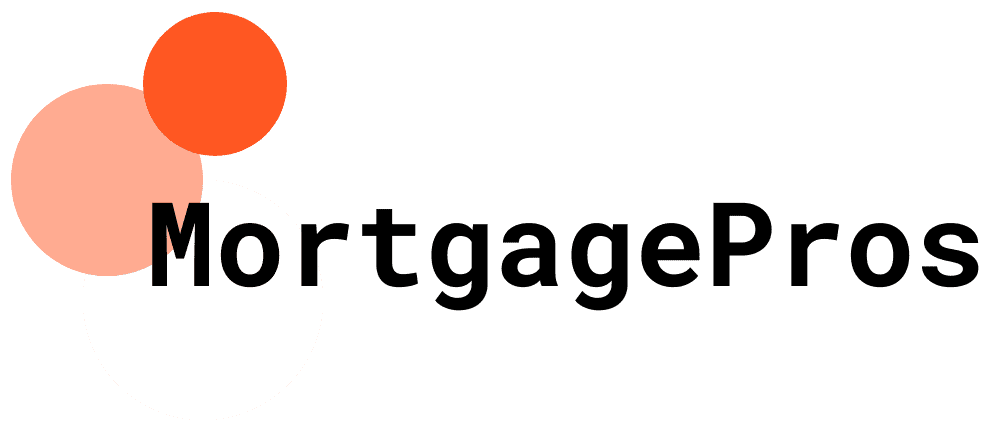When it comes to the world of real estate and homeownership, the “mortgage movement” plays a pivotal role. As a homeowner myself, I’ve experienced firsthand the significance of this financial phenomenon that empowers individuals and families to achieve their dream of owning a home. In this blog post, I will dive into the essence of the mortgage movement, its impact on the real estate market, and how it has transformed the way we approach home financing.
What is the Mortgage Movement?
The mortgage movement refers to the dynamic and ever-evolving process of providing home loans to aspiring homeowners. It encompasses the entire lifecycle of a mortgage, from loan origination and underwriting to closing and beyond. This movement involves a complex network of financial institutions, lenders, borrowers, and investors, all working together to facilitate homeownership and stimulate economic growth in the real estate sector.
The Evolution of Mortgage Movement
Over the years, the mortgage movement has undergone significant transformations, driven by changes in technology, financial regulations, and consumer preferences. Historically, the process of obtaining a mortgage was often time-consuming and paperwork-intensive. However, with the advent of digitalization and advancements in financial technology (fintech), the mortgage movement has become more efficient and accessible than ever before.
Today, borrowers can apply for mortgages online, upload documents electronically, and receive real-time updates on their application status. Fintech solutions have streamlined the underwriting process, enabling lenders to make faster and more data-driven lending decisions. This transformation has not only benefited borrowers but also improved operational efficiency for lenders and financial institutions.
Key Players in the Mortgage Movement
Several key players are involved in the mortgage movement, each playing a unique role in the home financing process:
1. Lenders and Financial Institutions
Lenders, such as banks, credit unions, and mortgage companies, are the primary providers of home loans. They evaluate borrowers’ creditworthiness, review loan applications, and fund approved mortgages.
2. Mortgage Brokers
Mortgage brokers act as intermediaries between borrowers and lenders. They assist borrowers in finding the best mortgage rates and terms by comparing offers from multiple lenders.
3. Government Agencies
Government agencies, like the Federal Housing Administration (FHA) and the Department of Veterans Affairs (VA), play a vital role in the mortgage movement. They offer mortgage insurance and guarantee programs that make homeownership more accessible to certain groups of borrowers.
4. Investors
Investors, such as pension funds and mortgage-backed securities (MBS) buyers, provide the capital needed for lenders to originate mortgages. They purchase mortgage loans from lenders, allowing lenders to recycle capital and issue more loans.
The Impact of the Mortgage Movement on Homeownership
The mortgage movement has had a profound impact on homeownership rates and accessibility. By providing a mechanism for individuals and families to finance their home purchases, the mortgage movement has contributed to the growth of homeownership across the country.
Homeownership not only offers a sense of pride and stability but also serves as a valuable wealth-building tool. As homeowners pay down their mortgages and build equity in their properties, they create a tangible asset that can appreciate over time. Homeownership can also provide tax benefits, as mortgage interest deductions may reduce taxable income for eligible homeowners.
Challenges and Opportunities in the Mortgage Movement
While the mortgage movement has made homeownership more achievable for many, it also faces its fair share of challenges. Economic fluctuations, changes in interest rates, and shifts in housing market dynamics can impact mortgage rates and affordability. Additionally, stringent lending criteria following the 2008 financial crisis led to tighter credit standards, making it challenging for some potential buyers to qualify for mortgages.
However, with challenges come opportunities. The mortgage movement continues to evolve, and innovation in the fintech sector is opening up new possibilities. Digital mortgage platforms, artificial intelligence-driven underwriting, and blockchain technology are poised to revolutionize the mortgage process, making it faster, more secure, and increasingly customer-centric.
Conclusion
The mortgage movement is the engine that drives homeownership and shapes the real estate landscape. As it adapts to changing times, the movement continues to create opportunities for individuals and families to achieve the American dream of owning a home.
As a homeowner, I am grateful to be a part of this movement and to witness firsthand its positive impact on communities and families. Whether you are considering buying your first home or refinancing your existing mortgage, understanding the mortgage movement and working with knowledgeable professionals can help you navigate the process and make informed decisions that align with your homeownership goals.
Disclaimer: The information provided in this blog post is for general informational purposes only and should not be considered as professional financial or legal advice. Before making any significant financial decisions, it’s advisable to consult with a qualified financial advisor or attorney.



